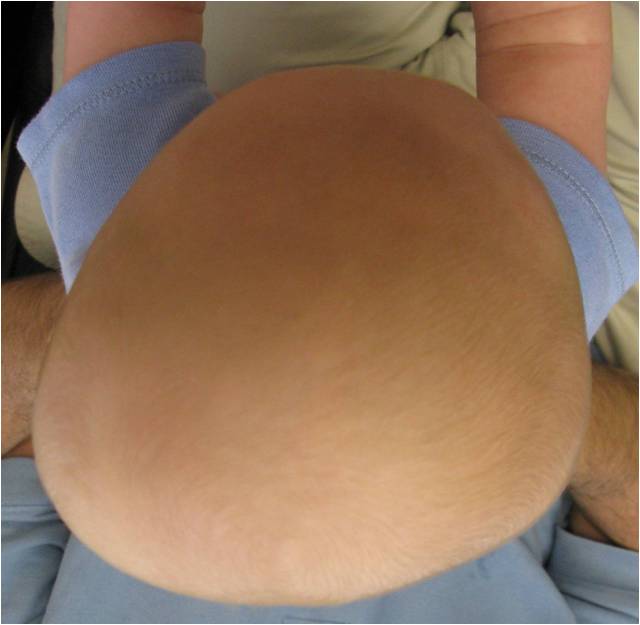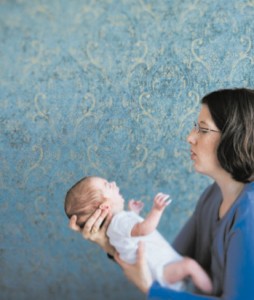April 1st, 2011 by Glenn Laffel, M.D., Ph.D. in News, Research
No Comments »

Millions of people watch YouTube videos depicting teens injuring and cutting themselves, according to a new study. The authors conclude that the videos may serve to legitimize the behaviors as acceptable, even normal.
 To assess the scope and accessibility of self-injury videos on the Internet, Stephen Lewis of the University of Guelph, and colleagues searched YouTube for keywords like “self-harm,” and “self-injury.”
To assess the scope and accessibility of self-injury videos on the Internet, Stephen Lewis of the University of Guelph, and colleagues searched YouTube for keywords like “self-harm,” and “self-injury.”
They found that the top 100 most frequently viewed videos were watched more than 2.3 million times. Ninety-five percent of the viewers were female. Their average age was 25, although Lewis’ group suspects their actual average age was lower, since some YouTube viewers provide restricted content only to older viewers. Read more »
*This blog post was originally published at Pizaazz*
March 21st, 2011 by admin in Health Tips, True Stories
5 Comments »

Figure 1
This post was contributed by guest blogger, Edward Ahn, M.D.
The head coach of a Division 1 champion women’s sports team brought her baby daughter in to me for evaluation of her flat head at the recommendation of her pediatrician.
While I was examining her baby, I started to say, “Well, I’ll tell you what she has —
She quickly interrupted, “Is it bad?”
I looked up to see fear written on this tough coach’s face. I was struck by how this benign condition can cause apprehension in so many parents.
Often, pediatric neurosurgeons like me or plastic surgeons are asked to assess babies with a flat head, also known as positional plagiocephaly. Usually, parents have developed a fair amount of anxiety, often with the underlying fear that their baby will need surgery or the brain will grow abnormally. These fears are not warranted. Read more »
March 19th, 2011 by Happy Hospitalist in Humor, True Stories
No Comments »

Every day I go to the emergency room to admit my adults, I can hear the screaming babies and toddlers. Sometimes, the screams are actually from their parents after realizing how much their visit is going to cost. But most of the time it’s really frightened kids in an unfamiliar environment.
Happy’s hospital used to hand out hospital stickers so kids would associate emergency rooms with a fun place to hang out. It turns out, after intense behind the scenes discussions with administration, that this policy was a covert attempt to increase the volume of our pediatric emergency room volumes.
After looking at the numbers, and understanding how hospitals get paid,I have now come on board and am part of a committee think tank that does nothing more than think of ways to get more people through the doors. We invited the intelligence behind the 50% rise in pediatric ICU volumes after implementing the pediatric ICU art project. Read more »
*This blog post was originally published at The Happy Hospitalist*
March 19th, 2011 by Bryan Vartabedian, M.D. in True Stories
No Comments »

 This week I lost one of my patients, Cooper. He was a feisty 4-year-old with mitochondrial depletion syndrome. I began looking after him as an infant when he wouldn’t stop screaming. I saw him through surgeries, diagnostic rabbit trails, and ultimately helped with the painful decision to undergo small bowel transplantation. Inexplicable symptoms and strange complications defined his short life. While he spent his final days in considerable pain, his lucid moments were spent throwing marshmallows at his siblings. It sort of encapsulates who he was. Great spirit.
This week I lost one of my patients, Cooper. He was a feisty 4-year-old with mitochondrial depletion syndrome. I began looking after him as an infant when he wouldn’t stop screaming. I saw him through surgeries, diagnostic rabbit trails, and ultimately helped with the painful decision to undergo small bowel transplantation. Inexplicable symptoms and strange complications defined his short life. While he spent his final days in considerable pain, his lucid moments were spent throwing marshmallows at his siblings. It sort of encapsulates who he was. Great spirit.
Independent of the circumstances, a child’s death is always brutally difficult to process. It’s counterintuitive. And facing Cooper’s parents for the first time after his passing was strangely difficult for me. When he was alive I always had a plan. Every sign, symptom, and problem had a systematic approach. But when faced with the most inconceivable process, I found myself awkwardly at odds with how to handle the dialog. In a hospital my calculated clinical role has a way of sheltering me from a parent’s reality. At a funeral it’s different. Read more »
*This blog post was originally published at 33 Charts*
March 17th, 2011 by ChristopherChangMD in Health Tips, Opinion
No Comments »

 Occasionally, I see patients who have received throat swabs for strep that have come back positive… even if they have no signs or symptoms of pharyngitis.
Occasionally, I see patients who have received throat swabs for strep that have come back positive… even if they have no signs or symptoms of pharyngitis.
In this situation, there are 2 main actions a physician may take (I am biased towards one):
1) Prescribe antibiotics until throat cultures are normal
2) Do nothing
Personally, if a patient is without throat symptoms and has no history of rheumatic fever or kidney damage, I would not have even bothered obtaining a strep test. What for??? Read more »
*This blog post was originally published at Fauquier ENT Blog*
 To assess the scope and accessibility of self-injury videos on the Internet, Stephen Lewis of the University of Guelph, and colleagues searched YouTube for keywords like “self-harm,” and “self-injury.”
To assess the scope and accessibility of self-injury videos on the Internet, Stephen Lewis of the University of Guelph, and colleagues searched YouTube for keywords like “self-harm,” and “self-injury.”
















